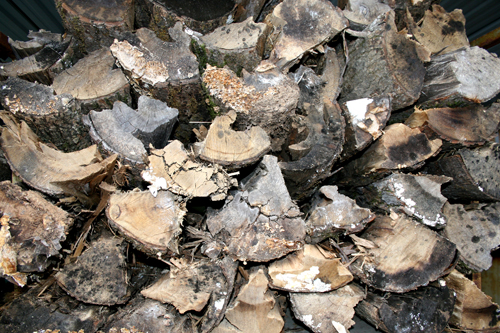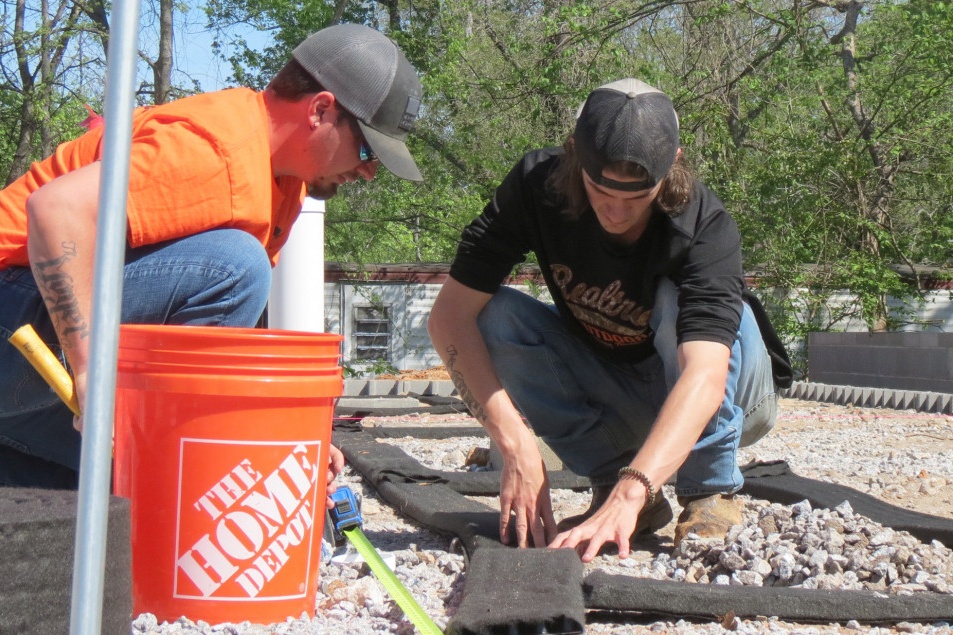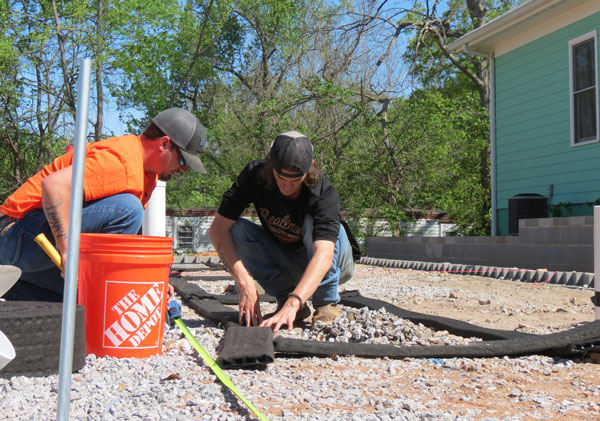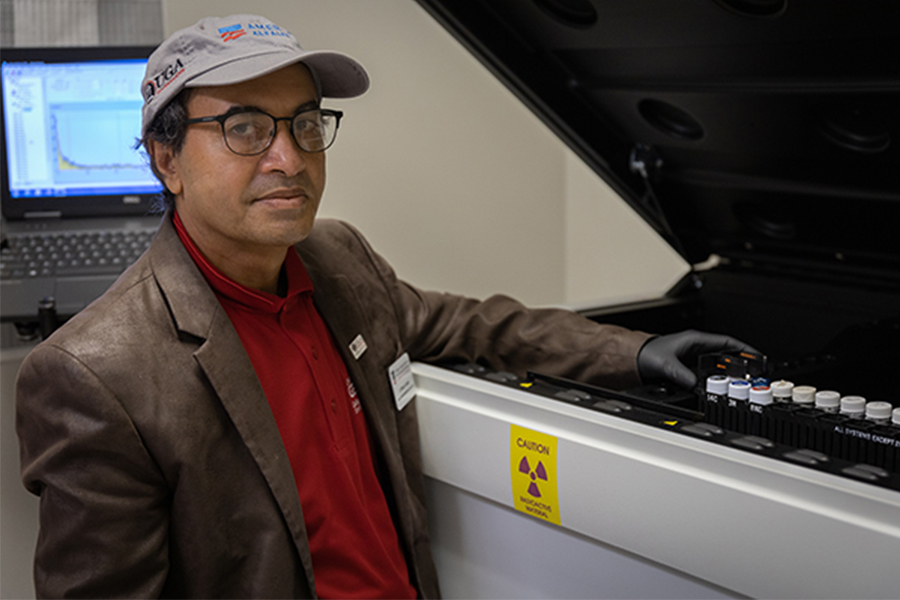Safe, energy-efficient home heating fires begin with the right kind of firewood.
If you're in the market for firewood, keep in mind that when firewood is first cut, 40 percent to 50 percent of its weight comes from water. One fresh-cut cord, or 128 cubic feet, of oak can contain enough water to fill five and a half 55-gallon drums.
To burn fresh-cut firewood in a wood-burning stove or fireplace, you’d first have to boil off all that water. That doesn’t make for very efficient heating.
University of Georgia experts recommend buying seasoned wood from a vendor. Seasoned wood has dried to a level that allows it to burn easily and give off a high heat value. Well-seasoned firewood contains less than 20 percent of its weight in water.
With Georgia temperatures, fresh-cut firewood that is split, stacked and covered can sufficiently air dry and become seasoned in three to four months. In this time, moisture content drops in the wood, so it can be burned without leaving behind a lot of residue in the chimney or stovepipe.
Burning fresh-cut wood, or green wood, can leave buildup in chimneys and flues. The high moisture content of green wood allows a lot of the creosote in wood to go up in smoke. This forms residue. Over time, it could build up and start a chimney or flu fire.
Some people assume the sticky, gum-like resins in pine firewood cause more creosote residues than hardwood. Research has found this is false. The buildup is more often the result of burning wood at relatively low temperatures. Burning poorly seasoned wood favors creosote buildup because evaporating water cools the burning process.
To keep your family and home safe, always run a wood stove or fireplace within the manufacturer's recommended temperature limits. Too low a temperature increases creosote buildup. Too high a temperature may eventually cause damage to the chimney and result in a chimney fire.
Add only enough wood to keep the fire at the desired temperature. And remember, dry well-seasoned wood is important for an efficient heat source.
Regular chimney inspections and cleanings also help prevent creosote buildup. Check the chimney closely or hire a professional chimney sweep. Inspect as often as twice a month during the heating season. Your personal chimney cleaning schedule should be based on how frequently your stove or fireplace is used and how it is operated.




.png)


.png)
